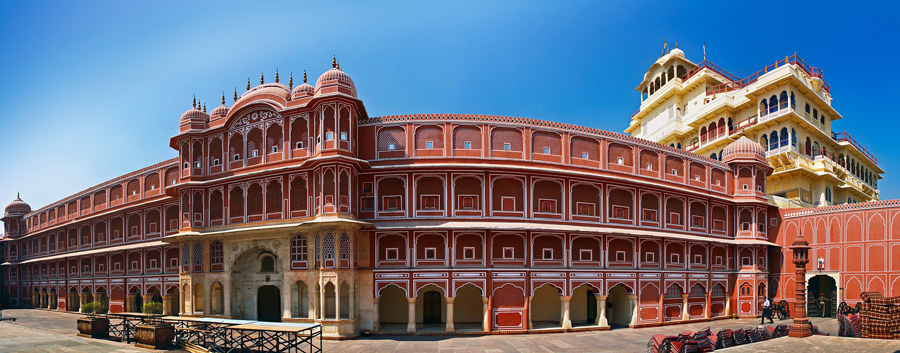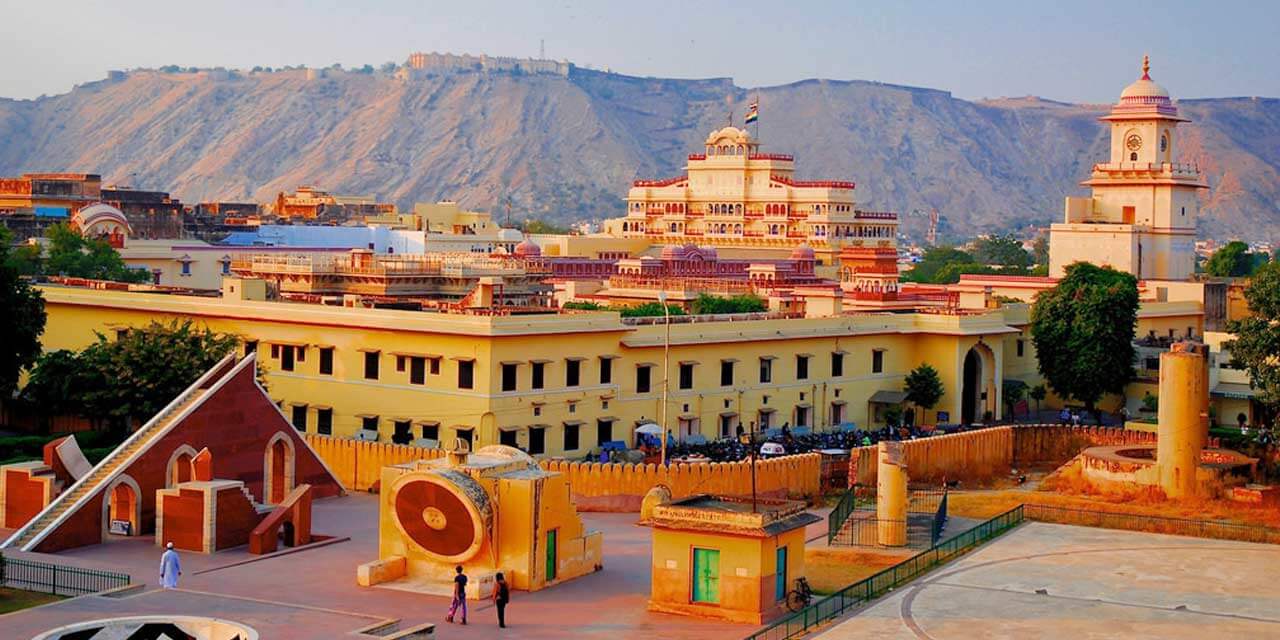Jaipur: Discovering the Majesty of India’s Pink City
Introduction
Nestled in the heart of Rajasthan, Jaipur, the capital city, is famously known as the Pink City. This vibrant city is a living testament to India’s royal heritage and architectural grandeur. Founded in 1727 by Maharaja Sawai Jai Singh II, Jaipur is renowned for its rich history, magnificent palaces, and bustling bazaars, all adorned with the signature pink hue that gives the city its nickname. This blog takes you on a journey through the majestic allure of Jaipur, exploring its iconic landmarks, cultural vibrancy, and timeless traditions.
The History Behind the Pink Hue
The distinct pink color that Jaipur is famous for has an interesting origin. In 1876, the city was painted pink to welcome the Prince of Wales, later King Edward VII. The color pink, symbolizing hospitality, was chosen to reflect the city’s welcoming nature. Since then, the tradition has been maintained, and Jaipur remains bathed in this beautiful hue, earning it the title of the Pink City.
Architectural Marvels
Jaipur is home to some of India’s most remarkable architectural wonders, each telling a story of its royal past.
Hawa Mahal:

The Hawa Mahal, or the Palace of Winds, is perhaps the most iconic structure in Jaipur. Built in 1799 by Maharaja Sawai Pratap Singh, this five-story palace with 953 small windows (jharokhas) was designed to allow royal women to observe street festivals while remaining unseen. The intricate latticework and the palace’s pink sandstone façade make it a must-visit.
City Palace:

Located in the heart of Jaipur, the City Palace is a grand complex of courtyards, gardens, and buildings, blending Rajput, Mughal, and European architectural styles. The palace, still home to the royal family, houses a museum showcasing royal costumes, weapons, and artifacts, offering a glimpse into the city’s regal past.
Amber Fort:

Just a short drive from the city, Amber Fort is a majestic fortress perched on a hilltop. Built with red sandstone and marble, the fort is a perfect example of Rajput architecture. Visitors can explore its elaborate halls, including the stunning Sheesh Mahal (Mirror Palace), where the walls and ceilings are adorned with intricate mirror work.
Jantar Mantar:

Jantar Mantar is an astronomical observatory built by Maharaja Sawai Jai Singh II. It houses the world’s largest stone sundial and other instruments used for measuring time and celestial events. Recognized as a UNESCO World Heritage site, Jantar Mantar reflects Jaipur’s scientific and architectural advancements.
Cultural Richness
Jaipur’s cultural vibrancy is as captivating as its architecture. The city is a hub of traditional arts and crafts, including block printing, blue pottery, and gemstone cutting. The bustling markets of Jaipur, such as Johari Bazaar and Bapu Bazaar, are a treasure trove for shoppers, offering everything from exquisite jewelry to colorful textiles.
The city’s culture is also celebrated through its numerous festivals. The Jaipur Literature Festival, the world’s largest free literary festival, attracts authors, thinkers, and literature enthusiasts from around the globe. Meanwhile, the Teej Festival, dedicated to the goddess Parvati, is marked by colorful processions, traditional music, and dance, showcasing the city’s lively spirit.
Gastronomic Delights
No visit to Jaipur is complete without indulging in its culinary delights. The city’s cuisine is a royal feast for the senses, offering a mix of traditional Rajasthani dishes. From the spicy and flavorful Laal Maas (red meat curry) to the sweet and rich Ghewar, Jaipur’s food is a reflection of its rich cultural heritage. Dining at traditional eateries and relishing the local street food is an experience in itself.
Conclusion
Jaipur, the Pink City, is more than just a destination; it’s an experience that immerses visitors in the grandeur of India’s royal past. From its magnificent palaces to its vibrant culture and mouthwatering cuisine, Jaipur offers a unique blend of history, tradition, and modernity. As you explore the majesty of Jaipur, you’ll discover why this city continues to be a shining jewel in India’s cultural crown.
